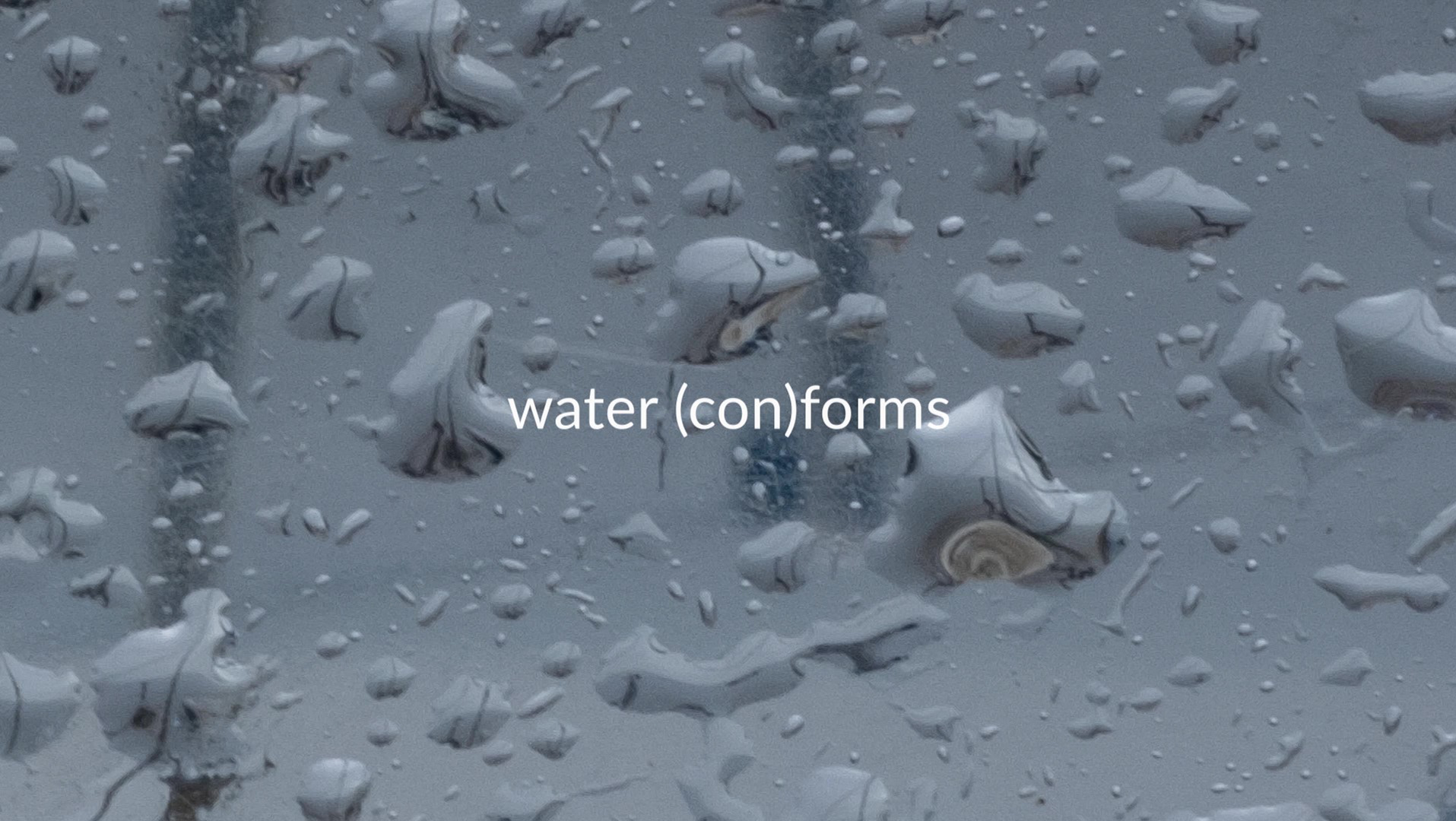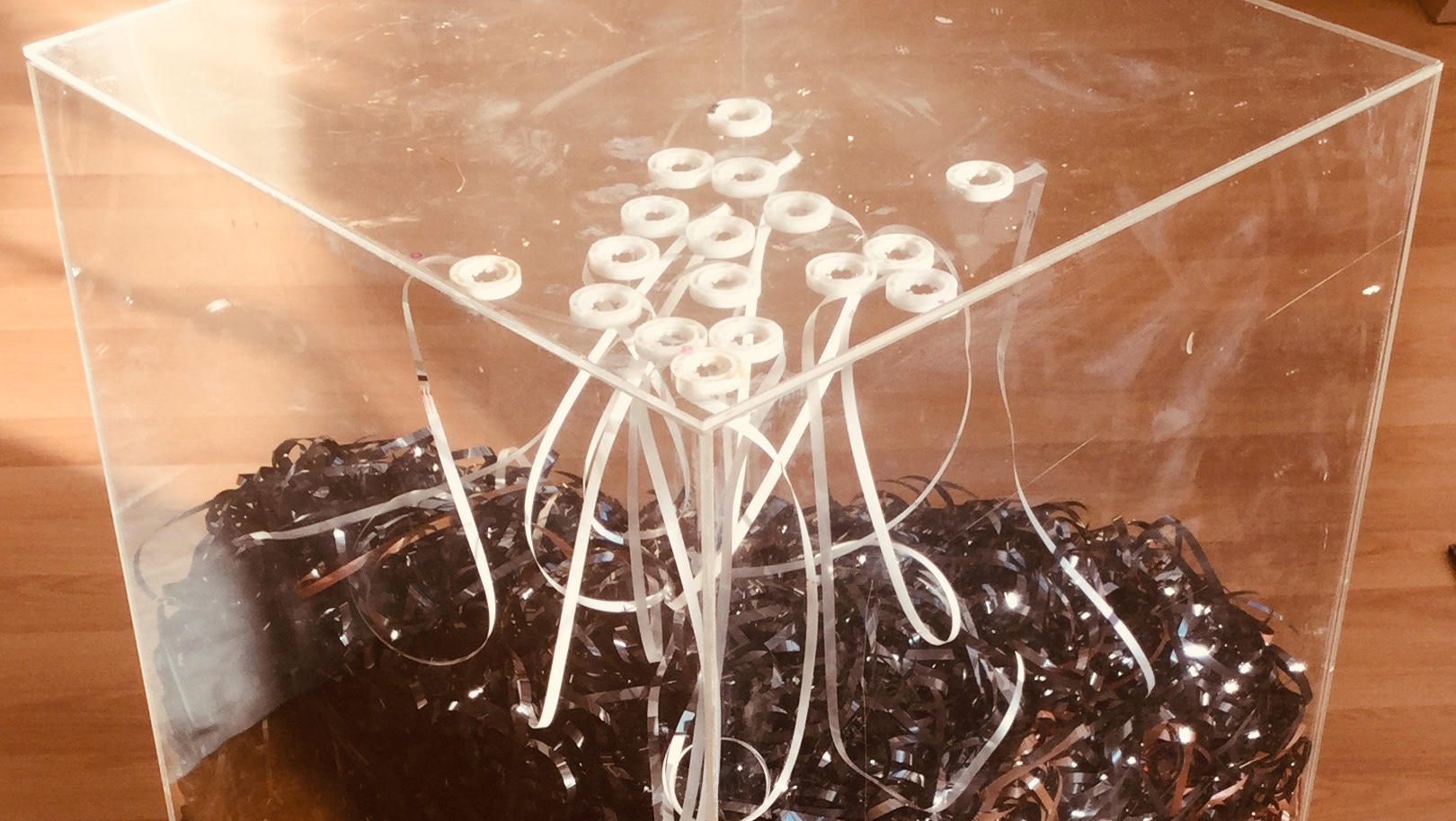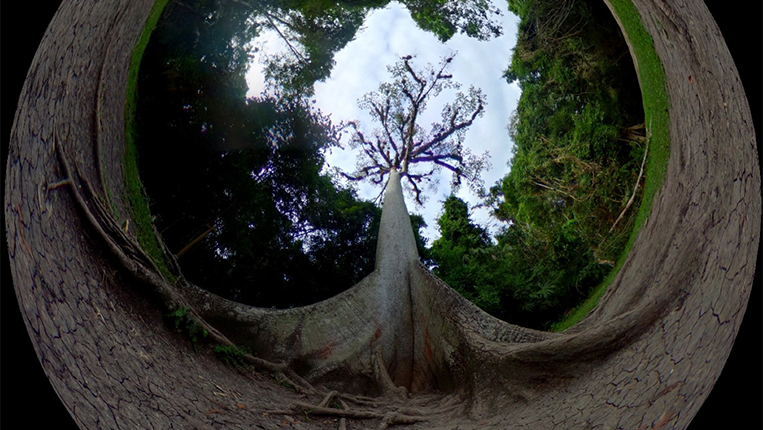PhD Committee: Prof. Geert Lovink, Prof. Hubertus Von Amelunxen, and Prof. Lawrence Rickels
The text dwells at a phantomic border, where memory and imagination face the possibility of death, as we (don’t) know it. The protagonist’s state is either creative resistance, or unresolved mourning and melancholia. How does her “artistic” or “neurotic” exchange with death materialize, especially through the lens of media-technological accidents?
I strolled around places of mourning of different media to find the material culture of mourning manifest at the life/death border, at the interface of the dead/lost loved one or ideal. At these phantomic borders, how is the work of mourning hijacked for political and economic motives, especially through products of symbolic reversals of death and borders, such as unity, tribal solidarity, personal immortality, endless accumulation, and the network? How are power and our essential relations—to space, time, property, the other, the unknown, the creative—regulated and expressed through a socially constructed and media-technologically constituted symbolic network of death? Does this network contribute to depression, or does it encourage creative resistance? How is either propagated through memory systems, interfaces of remembering (and forgetting)? What is the culture of the producers of these memory systems? And what if borders, and the signifiers of death disappear?
The punctum manifests with/as media-technological accidents that affect the social construction and representation of death and borders… The original accident—the serpent’s dualist bite—equates humanization to death. As the "ultimate border," this humanizing death erects the rest of the melancholic, sapien- and ego-centric walls of (Western) psycho-political (sub)conscious. Whereas, the new media-technological accident—speed, scale, and ubiquity—has the potential to dissolve these very same fascist borders. Yet, it comes with its own dark swirl… Can the dissolution of so-called life/death and other borders qua speed, scale, and ubiquity allow us to be differently sapien(t)? Is this desirable, inventive, or playful?... What would a jazzy, counter-monumental, and metamorphic exchange with death look like?
The punctum manifests with/as media-technological accidents that affect the social construction and representation of death and borders… The original accident—the serpent’s dualist bite—equates humanization to death. As the "ultimate border," this humanizing death erects the rest of the melancholic, sapien- and ego-centric walls of (Western) psycho-political (sub)conscious. Whereas, the new media-technological accident—speed, scale, and ubiquity—has the potential to dissolve these very same fascist borders. Yet, it comes with its own dark swirl… Can the dissolution of so-called life/death and other borders qua speed, scale, and ubiquity allow us to be differently sapien(t)? Is this desirable, inventive, or playful?... What would a jazzy, counter-monumental, and metamorphic exchange with death look like?
Why even ask such gothic questions? Dial 911 for me yet? On the contrary, asking these questions is counterintuitively self-helpful. This thesis was researched and written in an environment of 24/7 exposure to apocalyptic, deathful headlines between 2013 and 2018: “There is a world war z going on. The trinity of truth-capitalism-nation states are falling apart. Climate change and global refugee crisis are manifesting as natural disasters, terror attacks, and corpses at borders and bloody seas. Artificial intelligence will replace millions of human jobs, and superfluous masses might be exterminated, and which universal basic income? We have sent a Tesla car into outer space, but we have not found another planet to occupy yet. There’s a rising demand for well-being professionals and transformational yoga retreats. And all this ‘news’ might be ‘fake’...” The homo sapien’s ecosystem is going through a curious time of networked transformation at a traumatizing pace and scale. Nutrient cycles and energy flows are in frantic motion. Against this backdrop (for some but not the whole population), this essay is still more inclined to explore the affirmative as regards post-truth, post-capitalist, post-human curiosities.
Beyond an existential inquiry in search of a positive image of the future/unknown against millennial despair, the potential dissolution of socially-constructed borders and dichotomies of life-death, self-other, human-technology, natural-artificial, animal-machine, etc. has other innovative, practical implications in fields such as “human” “computer” interaction, interface design, politics, economics, law, to name a few. In exploring counter-monumental and metamorphic exchanges with death, we not only explore imaginative possibilities of our systems of death and memory to philosophize about the so-called human condition, but also get into the mindset of exploring inclusive, non-sapien-centered images of social reconstruction, along with some healthy forgetting, to embrace risks and uncertainty that define our times.


